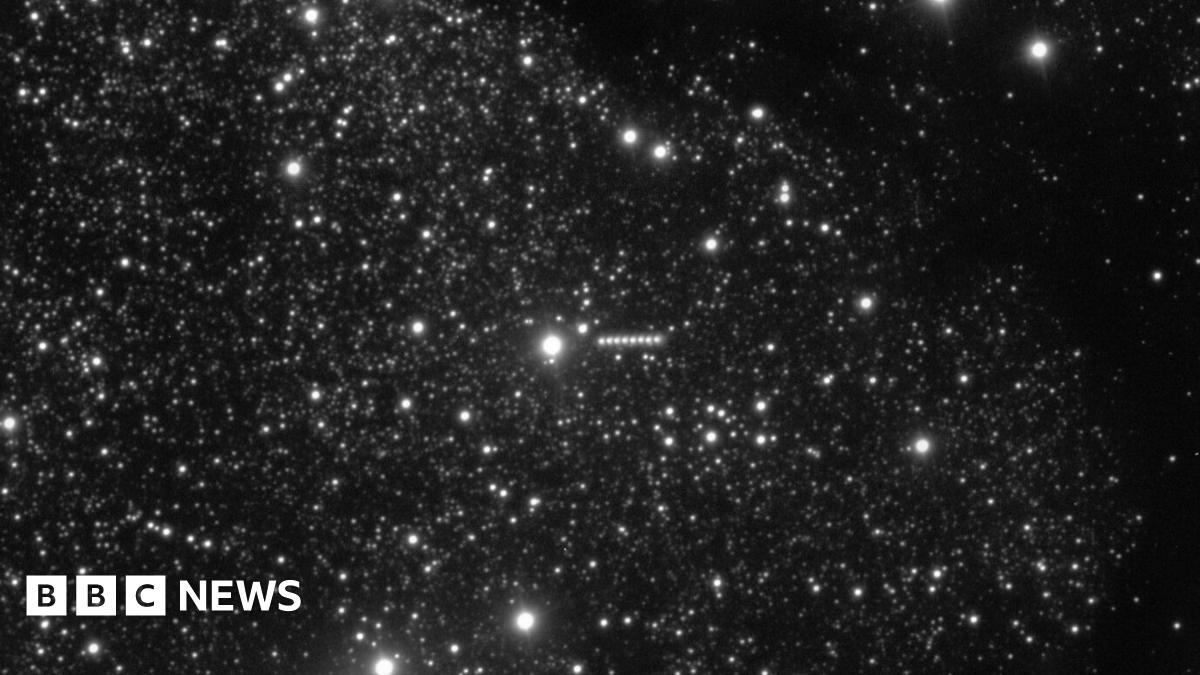The team believe that because 3I/Atlas probably formed around an old star, it is made up of a lot of water ice.
That means that as it approaches the Sun later this year, the energy from the Sun will heat the object’s surface, leading to blazes of vapour and dust.
That could create a glowing tail.
The researchers made their findings using a model developed by Mr Hopkins.
“This is an object from a part of the galaxy we’ve never seen up close before,” said Prof Chris Lintott, co-author of the study.
“We think there’s a two-thirds chance this comet is older than the solar system, and that it’s been drifting through interstellar space ever since.”
Interstellar objects form around other stars, at the start of those stars’ lives, explains Mr Hopkins.
“This connection back to their parent stars means that we can look at the stellar population of the Milky Way,” he adds.
Later this year, 3I/Atlas should be visible from Earth using amateur telescopes.
Before 3I/Atlas soared into view, just two others had been seen. One was called 1I/’Oumuamua, found in 2017 and another called 2I/Borisov, discovered in 2019.
Astronomers globally are currently gearing up to start using a new, very powerful telescope in Chile, called the Vera C Rubin.
When it starts fully surveying the southern night sky later this year, scientists expect that it could discover between five and 50 new interstellar objects.
